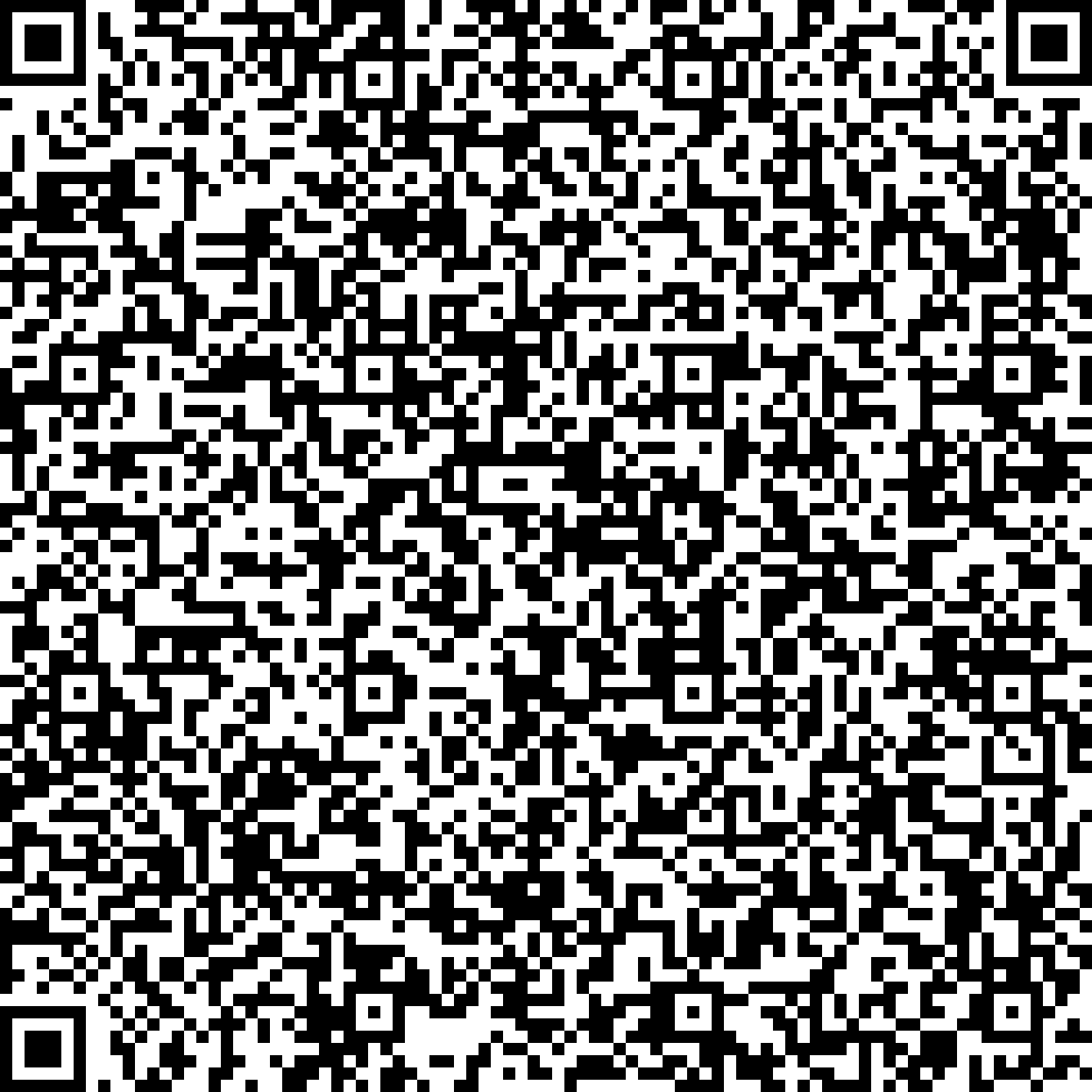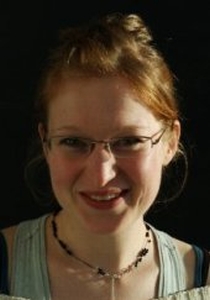


Since ultrashort laser pulses are available, molecular processes, such as chemical bond dissociation and isomerization reactions have been studied and many efforts in theory and experiment have been made to coherently control intramolecular dynamics. We focus on the implementation of molecular quantum computing with vibrational qubits. The quantum gate operations can either be implemented by specially shaped mid-IR pulses or by electric fields, inducing stimulated, non-resonant Raman transitions. The laser pulses are calculated with Optimal Control Theory (OCT), operating primarily in the time domain. In case of Raman gates, the OCT approach is extended to optimizations of non-linear processes, by including a frequency filtering technique. The OCT results are compared to solutions gained from calculations using genetic algorithms (GAs), which are often applied in closed-loop experiments. With the help of multi-objective GAs the minimum requirements on the pulse properties can be extracted from the Pareto fronts. Additionally, a flexible, alternative approach for quantum control experiments is proposed, based on a modified Ant Colony Optimization algorithm. It allows to decrease the shaped pulse complexity and duration, without loss of efficiency. The implementation prospects in the presence of dissipative effects are discussed and an approach for the scalability of the molecular quantum computing concept is presented, based on molecular chains, connecting the single qubit units.



Since ultrashort laser pulses are available, molecular processes, such as chemical bond dissociation and isomerization reactions have been studied and many efforts in theory and experiment have been made to coherently control intramolecular dynamics. We focus on the implementation of molecular quantum computing with vibrational qubits. The quantum gate operations can either be implemented by specially shaped mid-IR pulses or by electric fields, inducing stimulated, non-resonant Raman transitions. The laser pulses are calculated with Optimal Control Theory (OCT), operating primarily in the time domain. In case of Raman gates, the OCT approach is extended to optimizations of non-linear processes, by including a frequency filtering technique. The OCT results are compared to solutions gained from calculations using genetic algorithms (GAs), which are often applied in closed-loop experiments. With the help of multi-objective GAs the minimum requirements on the pulse properties can be extracted from the Pareto fronts. Additionally, a flexible, alternative approach for quantum control experiments is proposed, based on a modified Ant Colony Optimization algorithm. It allows to decrease the shaped pulse complexity and duration, without loss of efficiency. The implementation prospects in the presence of dissipative effects are discussed and an approach for the scalability of the molecular quantum computing concept is presented, based on molecular chains, connecting the single qubit units.